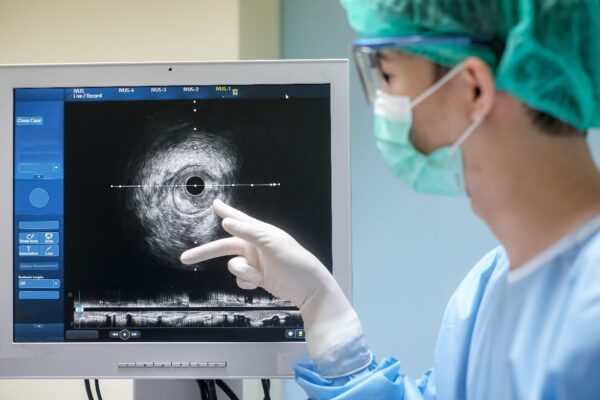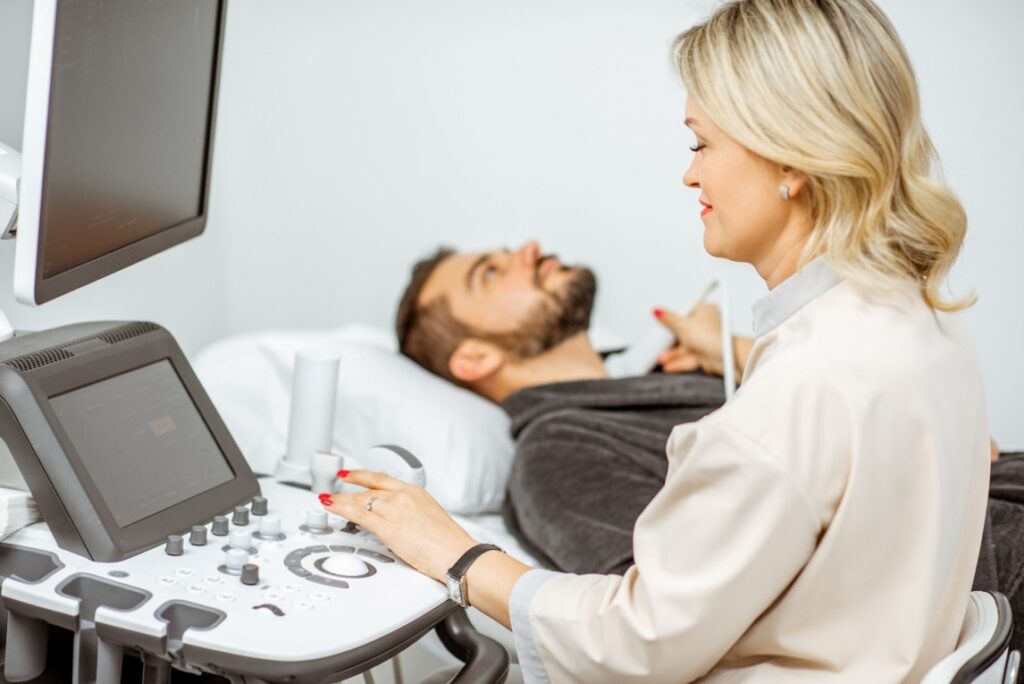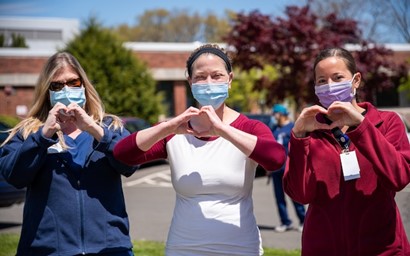In the ever-evolving landscape of healthcare, nurses stand as the linchpin, providing essential care and compassion to patients across the United States. On the road to this noble profession, aspiring nurses embark on a journey of education, training, and personal growth. The International College of Health Sciences discusses various nursing programs available, the educational journey through nursing school, and the manifold benefits of a nursing career in the US.
A Multifaceted Approach: Degrees in Nursing
Associate Degree in Nursing (ADN)
The ADN program offers a comprehensive foundation in nursing skills and knowledge. It typically spans two to three years and is available in community colleges and some universities.
Bachelor of Science in Nursing (BSN)
The BSN program provides a more extensive education, covering not only clinical skills but also leadership, critical thinking, and research.
It typically spans four years and is offered by the majority of universities and colleges in the US.
Accelerated BSN Programs
Tailored for students with non-nursing bachelor’s degrees, these intensive programs offer a streamlined path to a nursing career in as little as 12-18 months.
Master of Science in Nursing (MSN)
Designed for nurses seeking advanced practice roles or leadership positions, MSN programs offer specialized tracks like Nurse Practitioner, Nurse Educator, and Nurse Administrator.
Navigating Nursing School: A Transformative Journey
Rigorous Academics and Clinical Training
Nursing students engage in a rigorous curriculum that encompasses anatomy, physiology, pharmacology, and clinical skills. Hands-on training in healthcare settings allows students to apply theoretical knowledge in real-world scenarios.
Developing Critical Thinking and Problem-Solving Skills
Nursing school hones the ability to think on one’s feet, make quick decisions, and adapt to dynamic healthcare environments.

Cultivating Compassion and Empathy
Interactions with patients and their families foster a deep sense of empathy and compassion, vital traits in providing patient-centered care.
Building a Strong Professional Network
Nursing school offers opportunities for students to connect with experienced faculty, fellow students, and healthcare professionals, laying the foundation for a supportive professional network.
The Fulfillment of a Nursing Career in the US
Diverse Career Opportunities
Nurses can choose from a wide array of specialties, including pediatrics, geriatrics, critical care, obstetrics, and more.
The demand for skilled nurses spans hospitals, clinics, long-term care facilities, and even non-traditional settings like schools and corporate wellness programs.
Competitive Compensation and Benefits
Nurses enjoy competitive salaries and a comprehensive benefits package that often includes health insurance, retirement plans, and paid time off.
Making a Difference in Patients’ Lives
Nurses have a direct impact on patient outcomes, providing comfort, support, and life-saving care to those in need.
Lifelong Learning and Growth
The nursing profession encourages continuous learning and professional development, with opportunities for advanced degrees, certifications, and specialized training.
Conclusion
Embarking on a career in nursing is a journey marked by education, dedication, and the fulfillment of serving others. With a range of programs and educational pathways, aspiring nurses have the opportunity to make a positive impact on healthcare in the United States. Through their dedication, nurses not only improve the lives of their patients but also contribute to the ongoing advancement of the healthcare industry as a whole.













